KATHMANDU SIGHTSEEING TOUR
Kathmandu, the capital city of Nepal, is home to a diverse array of cultural and historical sites that showcase the country’s rich heritage. A Kathmandu Sightseeing Tour is the perfect way to explore the city and its many attractions.
The tour typically starts in the morning and includes visits to famous landmarks such as Swayambhunath Stupa (also known as the Monkey Temple), a Buddhist temple located on a hilltop that offers stunning views of the city. Another popular stop is Boudhanath Stupa, one of the largest stupas in the world and an important pilgrimage site for Buddhists.
The tour also includes a visit to the ancient royal palace of Kathmandu Durbar Square, which is home to several palaces, temples, and courtyards that reflect the country’s rich architecture and culture. Another must-visit site is the Pashupatinath Temple, a Hindu temple dedicated to Lord Shiva and one of the most sacred sites in Nepal.
Other notable stops on the tour include the Patan Durbar Square, a UNESCO World Heritage Site that features traditional Newari architecture, and the Bhaktapur Durbar Square, another UNESCO World Heritage Site that boasts stunning examples of brick and wood carving.
Outline Itinerary:
Day 1: Arrival in Kathmandu
Day 2: Kathmandu City Tour
Day 3: Patan and Bhaktapur City Tour
Day 4: Departure from Kathmandu
Itenerary
-
Day 1: Kathmandu City Tour
- Morning: Kathmandu Durbar Square
- Explore the historic Kathmandu Durbar Square, a UNESCO World Heritage Site.
- Visit the Hanuman Dhoka Palace, Kumari Bahal (Kumari’s House), Taleju Temple, and other architectural marvels.
- Learn about the history and culture of Kathmandu Valley.
- Afternoon: Swayambhunath (Monkey Temple)
- Drive to Swayambhunath Stupa, one of the oldest and most revered Buddhist stupas in Nepal.
- Climb the steps to the stupa while observing the playful monkeys.
- Enjoy panoramic views of Kathmandu Valley from the top.
- Evening: Thamel
- Head to Thamel, Kathmandu’s bustling tourist district.
- Explore the narrow streets lined with shops, restaurants, and colorful markets.
- Dinner at a local restaurant featuring Nepali cuisine.
- Overnight stay in Kathmandu.
- Morning: Kathmandu Durbar Square
-
Day 2: Bhaktapur and Pashupatinath Tour
ChatGPTChatGPTYouChatGPTChatGPTYouChatGPTChatGPTYouChatGPTChatGPTYouChatGPTChatGPTYouChatGPTChatGPTYouChatGPTChatGPT
-
Day 3: Patan and Departure
- Morning: Patan Durbar Square
- Drive to Patan, also known as Lalitpur, to explore its Durbar Square, another UNESCO World Heritage Site.
- Visit the ancient royal palace, temples, and traditional Newari architecture.
- Explore the Patan Museum to learn about the art and history of the region.
- Afternoon: Free Time and Departure
- Spend the remaining time exploring local markets or indulging in souvenir shopping.
- Transfer to Tribhuvan International Airport for departure or onward journey.
- Morning: Patan Durbar Square
Full Board
Cost Includes:
Cost Excludes:
BC Service
Cost Includes:
Cost Excludes:
Price per person
Usefull Information
Includes
Pickup and drop-off from hotel or airport
Transportation by private vehicle
Professional tour guide
Entrance fees to heritage sites, monuments, and museums
Lunch at a local restaurant
All applicable taxes
Excludes
Accommodation in Kathmandu
International airfare
Visa fees
Personal expenses such as drinks, souvenirs, and tips for guides and drivers
Any additional services not mentioned in the itinerary
FAQs
-
What are the must-visit attractions in Kathmandu?
- Kathmandu Durbar Square
- Swayambhunath (Monkey Temple)
- Boudhanath Stupa
- Pashupatinath Temple
- Bhaktapur Durbar Square
- Patan Durbar Square
-
How long does a typical Kathmandu sightseeing tour last?
A full-day tour usually lasts around 6-8 hours, depending on the itinerary and pace.
-
What is the best time to visit Kathmandu for sightseeing?
The best time is usually during the spring (March to May) and autumn (September to November) when the weather is pleasant and clear.
-
Are there any entry fees to these attractions?
Yes, most of the major attractions have entry fees. Prices can vary, so it’s best to check ahead of time.
-
Can I explore Kathmandu on my own or do I need a guide?
You can explore Kathmandu on your own if you’re comfortable navigating the city and its attractions. However, hiring a guide can enhance your experience by providing historical and cultural insights.
-
Is it safe to travel around Kathmandu?
Generally, Kathmandu is safe for tourists. However, like any other city, it’s essential to be cautious of pickpockets and scams, especially in crowded tourist areas.
-
What should I wear during the sightseeing tour?
It’s best to dress modestly, especially when visiting religious sites. Comfortable walking shoes and lightweight clothing are recommended, and it’s a good idea to carry a hat and sunscreen for protection from the sun.
-
Are there any specific cultural customs I should be aware of?
When visiting temples and religious sites, it’s customary to remove your shoes and dress modestly. Additionally, it’s polite to ask for permission before taking photographs of people, especially monks or locals.
-
Can I combine the sightseeing tour with other activities, such as hiking or shopping?
Yes, you can customize your tour to include additional activities like hiking in the surrounding hills or shopping for souvenirs in local markets like Thamel.
-
Yes, you can customize your tour to include additional activities like hiking in the surrounding hills or shopping for souvenirs in local markets like Thamel.
It’s recommended to book your tour in advance, especially during the peak tourist season, to ensure availability and avoid last-minute hassles.
-
-
 Best Seasons spring
Best Seasons spring -
 Duration 4 days
Duration 4 days -
 Trek Difficulty Easy
Trek Difficulty Easy
Trip Fact
Quick Inquiry

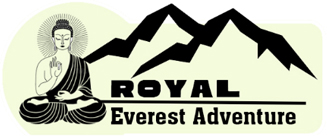
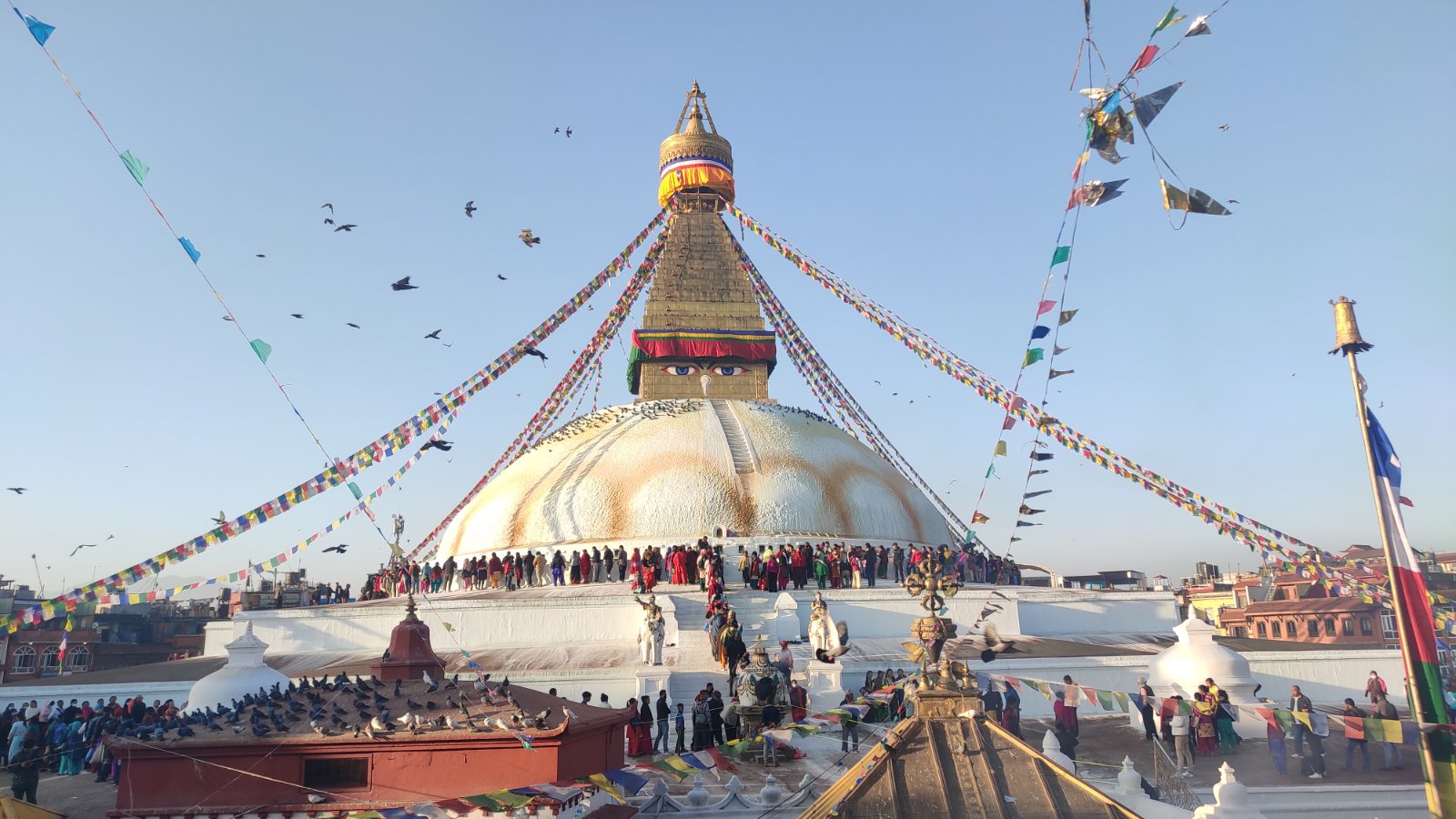
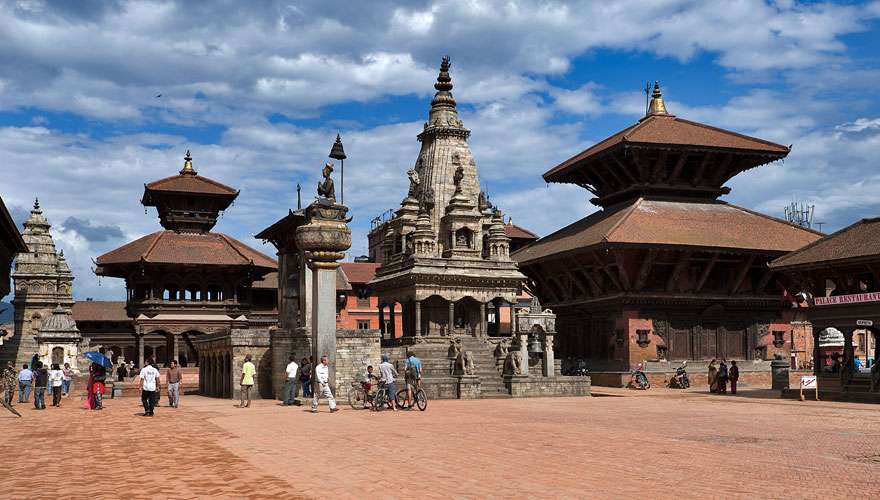
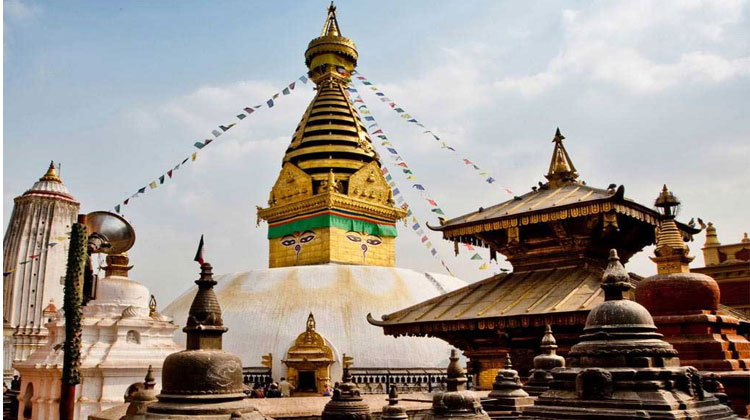


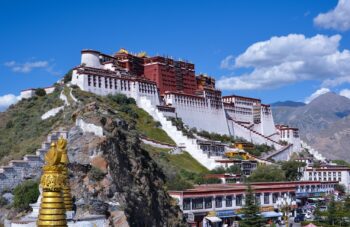
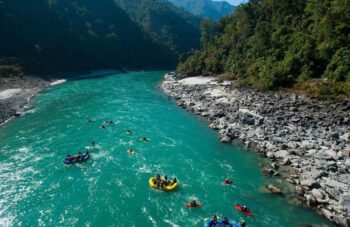
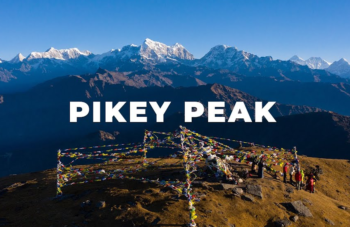
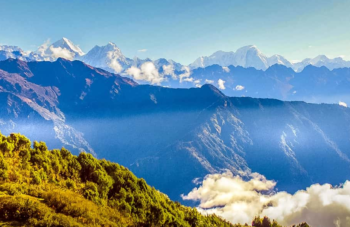
Leave a Reply